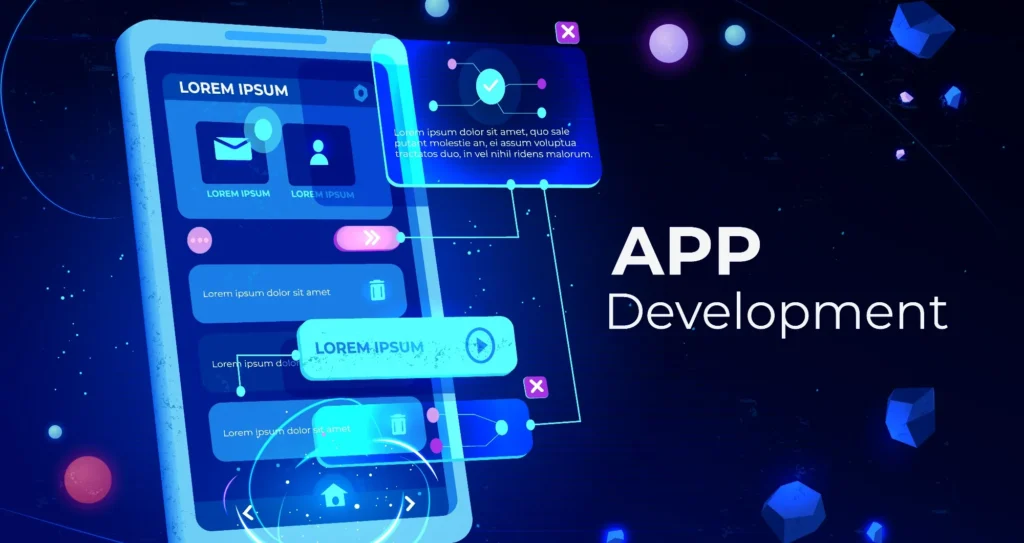The speed of advancement in today’s mobile application industry is unparalleled. New technologies are introduced almost every day that have a direct impact on mobile app development trends. Whether you are a mobile app development company or a reseller, you need to stay up to date with these new trends to ensure the success of the apps you are developing and to better serve your clients. Here are 12 mobile app development trends you need to stay informed about to develop apps that meet customer expectations.
5G integration
With the rollout of 5G networks, mobile apps are gradually starting to implement this technology to provide users with a faster and more responsive experience. Low latency and high bandwidth have enabled developers to create applications with a real-time feel, enhanced video streaming, and experiences associated with augmented reality.
Artificial intelligence and machine learning
AI and ML are continuously changing mobile app development. From personal experience to automated predictive text and voice assistants, technology is gradually becoming much more sophisticated in nature. Applications can learn your preferences and automate tasks, providing a more intuitive interface.
Internet of Things (IoT) integration
As smart homes and connected devices become more popular, mobile apps are also becoming more important as control centers for IoT devices. Developers are creating applications that seamlessly integrate with smart appliances, wearables, and other IoT devices to give users maximum control over their environments.
animation and virtual reality
Gone are the days of AR and VR, and this technology is no longer just relevant to gaming, but has applications in mobile apps for education, real estate, retail, and healthcare sectors. Therefore, new features will be provided to enhance user engagement in various areas, such as virtual try-on and immersive learning experiences for fashion apps.
Progressive web app
PWAs continue to gain traction as bridging the gap between web apps and native apps. These apps offer the best of both worlds: the reach of web apps and the functionality of native apps. It’s faster, more reliable, and can work offline, making it an attractive option for businesses looking to expand their mobile presence.
Blockchain integration
Data security and privacy are also used in many modern mobile applications, especially those related to fintech apps. The application of blockchain in this field ensures secure transactions and safe storage of data. On the other hand, its use is also expanding to fields such as supply chain management and healthcare. cross-platform development
The demand for cross-platform app development is increasing. Using frameworks like React Native and Flutter, developers can finally develop native applications that work perfectly on different operating systems, reducing development time and costs with a consistent user experience. .
Wearable app integration
With the increasing usage of smartwatches and fitness trackers, developers are focusing on wearable apps that seamlessly integrate with these devices. Wearable apps for health monitoring and contactless payments are the future of the mobile ecosystem.
voice technology
Voice-activated technology continues to evolve, and apps now include more voice commands and natural language processing features. This changes the way users interact with their devices. It’s more intuitive and natural than simple taps and swipes.
Improved app security
With more sensitive information now stored on mobile devices, security is at the top of the list. Developers are responding by enforcing advanced security measures such as biometrics, multi-factor authentication, and end-to-end encryption to protect user data and prevent unauthorized access.
on-demand app
The success of ride-sharing and food delivery apps has paved the way for a new generation of on-demand services. On-demand apps are transforming a variety of industries, from home services to healthcare, by directly connecting service providers and consumers.
Optimization for foldable devices
With the introduction of foldable smartphones, developers have been tasked with optimizing their apps for these unique form factors. This trend includes creating responsive designs that can adapt to different screen sizes and configurations, giving users a seamless experience no matter how they use their foldable device.
conclusion
The landscape of mobile app development is constantly evolving due to technological advancements and changing user expectations. By staying on top of these trends, mobile app development companies can create innovative, user-friendly apps that meet the demands of today’s mobile-first world. As we look to the future, it’s clear that mobile apps will continue to play a key role in shaping the way we live, work, and interact with the world around us. If you need recommendations for creating a new mobile application or adding new features to an existing application, RVS Media is here to guide you.
Featured images are from Freepik.


